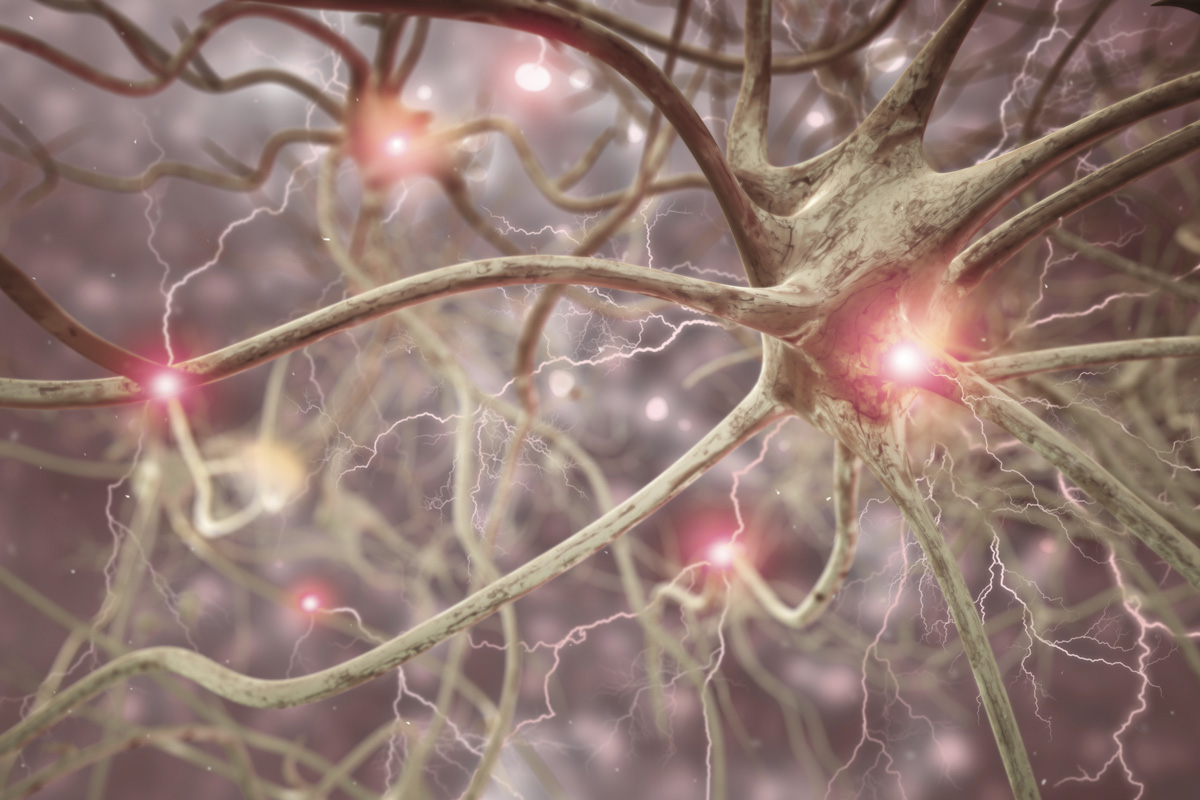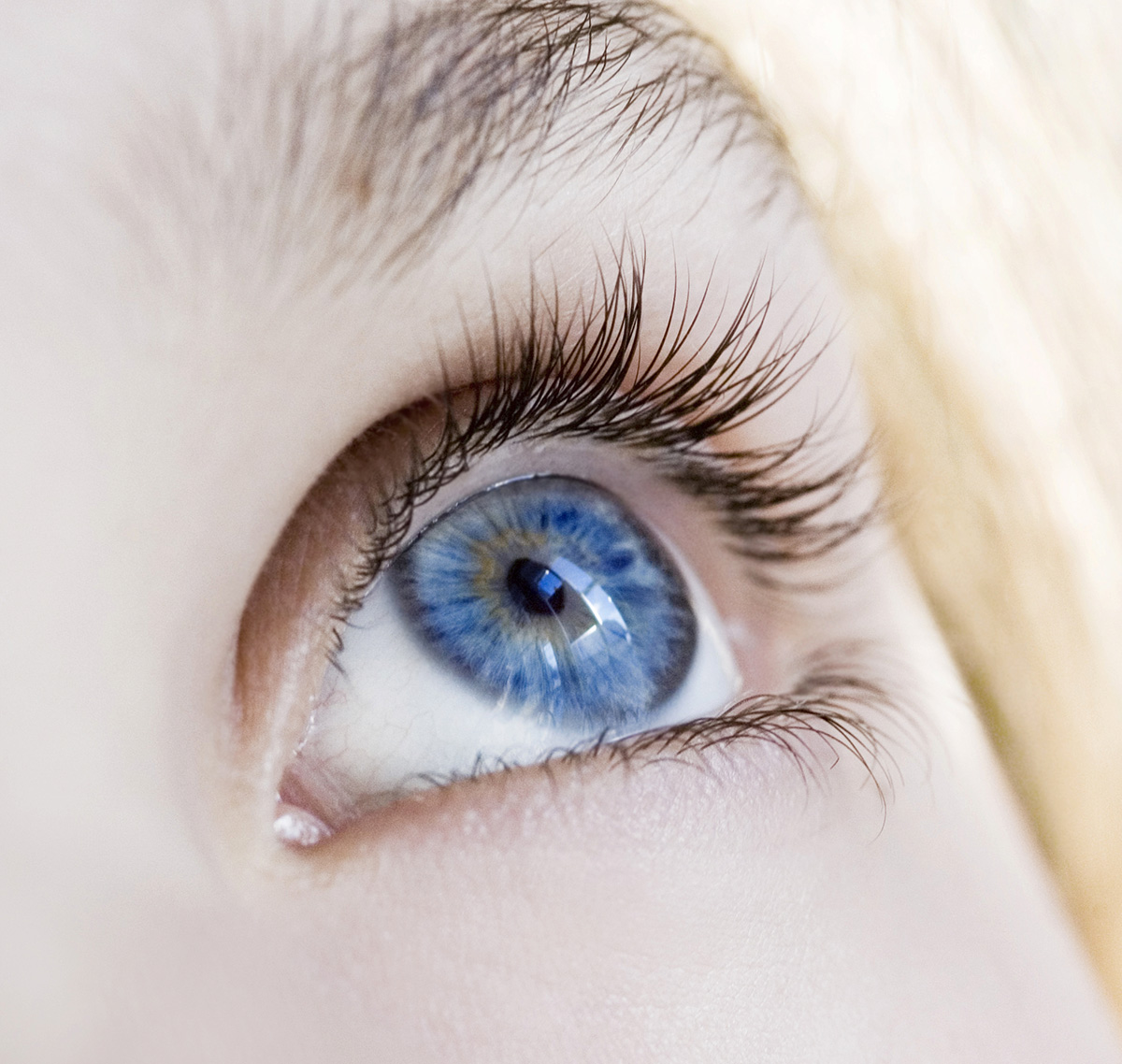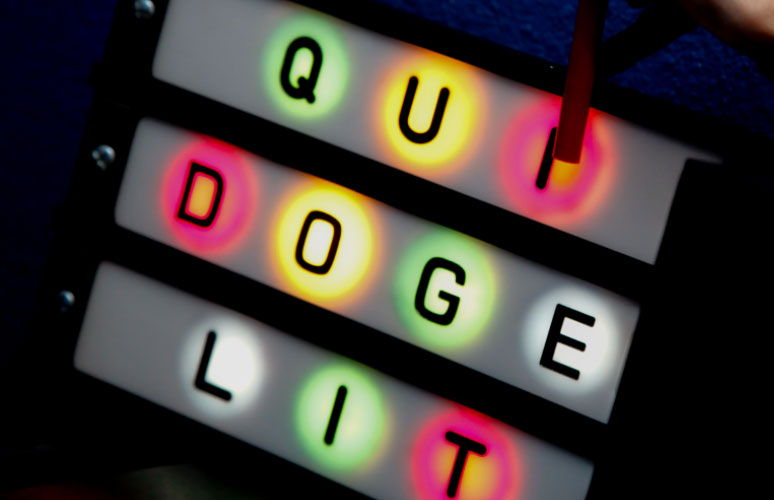



From the eye to the brain: neurophysiology notions of visual function
Vision is our most used sense. The eye mobilizes 85% of all the energy used by the 5 senses and more than 50% of sensory information received by the brain are visual. In visual perception, the perceived image is a creation of our brain. Hence the importance of the relationship between the eye and the brain, where approximately 30% of the cerebral cortex intervenes to interpret what the eye sees. The brain creates the images we see: details, colors, embossed and even though we see only part of an object, the brain can recognize what object it is by reconstructing the missing part.





As a music teacher in a High School, George Quertant first helped a large number of children by correcting their learning difficulties. His method is revolutionary in the sense that he realized that subtle visual disturbances predominantly sensorimotor seen in children (but also adults) reflect psychosomatic disorders, emotional (stress) or cognitive behavioral (learning ) of the central nervous system.
Indeed, the influence of environment on the development as well as emotional, cognitive and functional in children is particularly being studied by neuroscience development. Dr. Houdé estimated 20% genetic influence and 80% the influence of the environment on the proper cognitive, emotional and functional child.
In the psycho-neuro-sensory training Quertant, following a precise assessment of visual sensorimotor subtle disorders on appropriate devices, rehabilitation or training stimulating brain plasticity induced a reduction / elimination of psychosomatic disorders, emotional (stress) or cognitive ( learning).
These plasticity essentially affect the circuitry of many brain pathways involved in vision (axons and synapses), which involves about 30% of the whole brain. Just knowing that all brain axonal connections is estimated at about 176 000 km in the human brain!!
And our relationship with the environment that Georges Quertant called “relationship of life” is by the strong interaction brain-body (body-mind theory) whose subtle disorders have long been regarded as psychosomatic. Currently, a major new scientific discipline has emerged called Psycho-Neuro-Endocrine-Immunology, studying the continual interactions between different brain regions and our bodies, between sensations, hormonal secretions, emotions, cognitive and defenses of organization (immunology) for the maintenance of good homeostasis of the nervous system. In the training psycho-neuro-sensory Quertant, hypothalamus through its endocrine functions, vegetative (sympathetic), limbic (affect) and visual is the cornerstone of this relationship vision / brain / body.
Of course, it’s all brain plasticity, sensory-motor stimuli, a vegetative homeostasis, emotional and functional at different levels of the brain and body, which will improve symptoms.
Georges Quertant in his genius needed rehabilitation in the dark. This allows shadows to revisit our cortical engramed memories via the hippocampus. As described in sleep and / or meditation in the scientific data.
The interest of the Quertant method is that it does not lie in the regulation of conscious memories that are generally addressed by psychology but at the level of unconscious memories. These unconscious brain and body memories represent about 90% of all our memories that can not be addressed only by our mind.